Composting chicken manure has many benefits, and knowing how to do it properly is essential. The significant advantage that you can get from composting is an excellent fertilizer for your plants. However, incorrectly composting chicken manure can cause a lot of damage to your plant too. So, how do you compost chicken manure?
Here’s how you can compost chicken manure:
1. Choose your composting method.
2. Collect manure and other waste.
3. Find the brown to green ratio.
4. Ensure the compost is at the right temperature.
5. Ensure the compost is damp.
6. Stir and turn the compost regularly.
7. Add the compost to your garden.
The rest of this article will discuss each step in detail and what to do when your chicken manure isn’t composting as it should. There will also be multiple safety tips to consider and follow when handling manure.
Steps on How You Can Compost Chicken Manure
1. Choose Your Composting Method
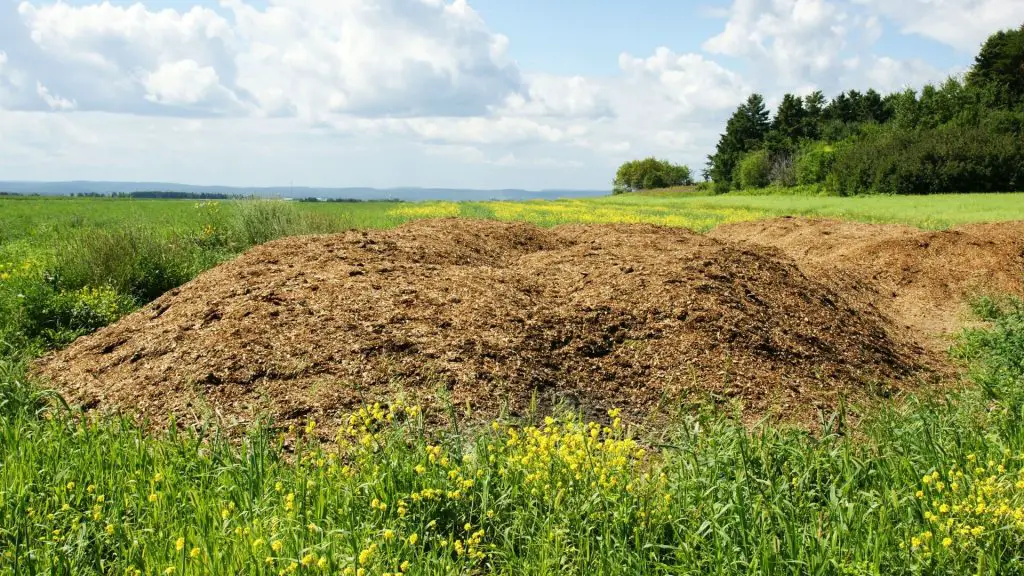
There are different composting methods when it comes to composting chicken manure, and each method has its advantages and disadvantages.
While most people will go with the traditionally used composting process, some people may prefer different ways. Both ways have similar steps, greatly depend on the carbon to nitrogen balance, and require different amounts of effort.
Active Pile Composting
Active pile composting is the most common method. While this method takes a lot of effort (such as monitoring the temperature, moisture, and frequently turning), it results in a high-quality product. The most important thing to monitor with active pile composting is the carbon to nitrogen ratio. With the correct balance, this method works well with poultry litter.
Sheet Composting
Sheet composting isn’t the most common because you have to know what you’re doing to get accurate results. It consists of using uncomposted chicken manure directly on the soil.
While some people might choose sheet composting because it’s easy, the control you have over the product is low, so it’s not the favored method.
2. Collect Manure and Other Waste
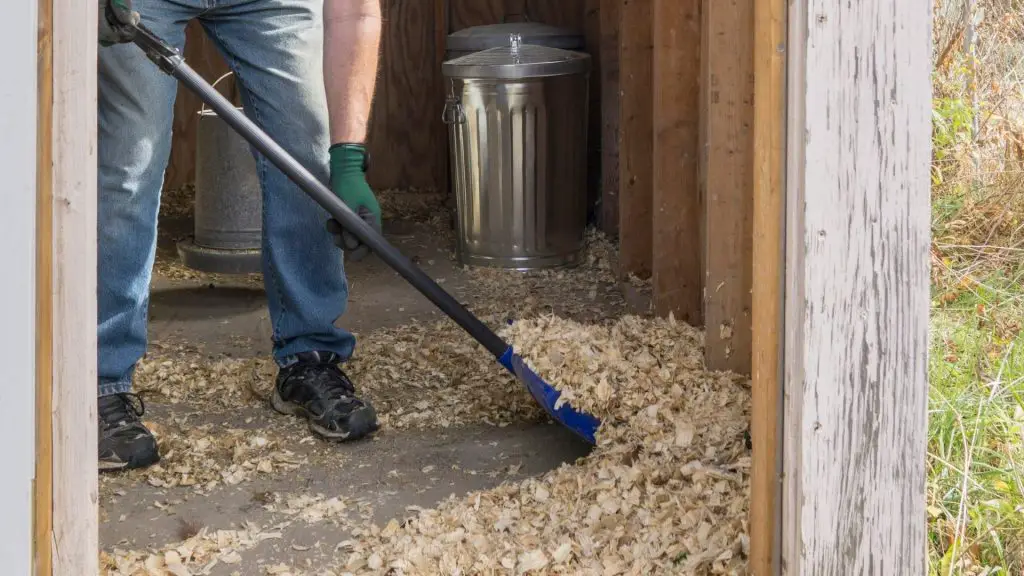
The first step to compost chicken manure is to collect the waste. Along with the manure, you’ll most likely encounter other waste, such as shavings, straw, or sawdust (depending on what was used to make the chickens’ bedding). All of this is fine to put with the manure in the compost bin.
Picking the manure daily is common. However, some people prefer collecting the manure less often.
3. Find the Brown to Green Ratio
The brown to green ratio, or carbon to nitrogen ratio, will make or break your compost. The nitrogen and carbon levels in your compost are essential to have a nutritional balance. Then, the waste you collect is put into categories of green (manure, grass, etc.) and brown (dry leaves, woodchips, etc.).
The green color is responsible for providing nitrogen, while the brown provides carbon. Figuring out the correct ratio requires experimentation.
4. Ensure the Compost Is at the Right Temperature
The temperature is essential when composting chicken manure. It needs to be high enough to kill any harmful bacteria.
During the first 30 days, the temperature should be between 110°F to 150°F (43.33°C to 65.55°C). Any temperature above that range could cause harm to helpful organisms, so ensuring the temperature stays in the safe range is essential.
The temperature being in the suitable range is a good sign that your carbon to nitrogen ratio is correct and your manure is composting.
5. Ensure the Compost Is Damp
Like temperature, the amount of water your compost gets is essential and must be monitored. While rainwater is great, manually watering the compost is a good idea if you live in an area that doesn’t rain much.
The water content should be somewhere between 50% to 60%. Therefore, the compost should be damp, as too much water will slow down the composting process.
6. Stir and Turn the Compost Regularly
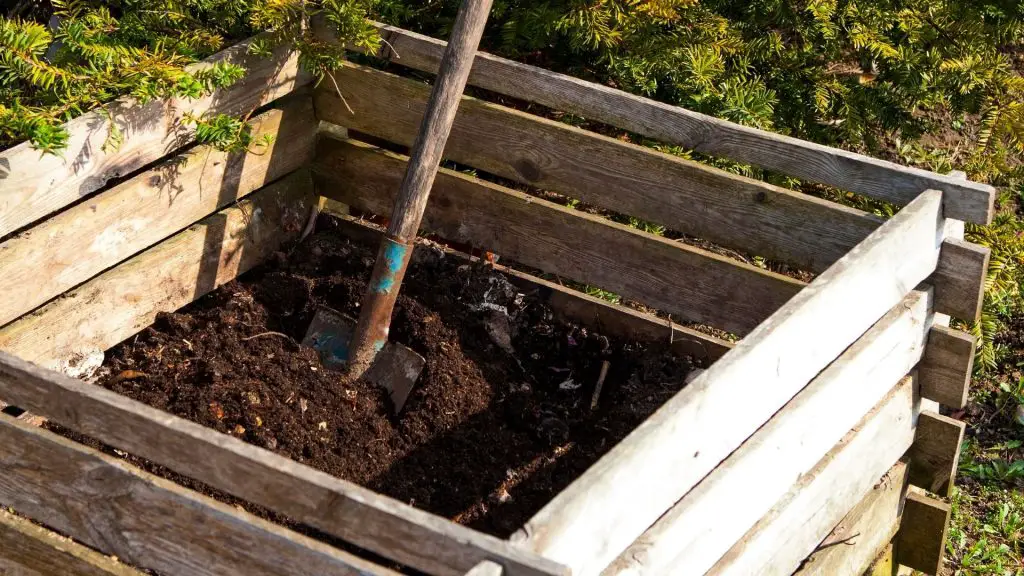
Turning the compost frequently will introduce oxygen to the compost. You’ll often notice foul odors from your compost if it doesn’t have enough oxygen. Therefore, turning it in once a week will keep it well-maintained.
However, turning it too much can dry out the compost and stunt the decomposition process. So, like the temperature and water content, you must maintain the amount of time you turn the compost.
How Long Does Chicken Manure Smell?
The chicken manure smell will typically go away within a few hours. However, if the conditions aren’t ideal and the compost is dry, the odor can linger for a few days. Proper care will ensure the chicken manure smell dissipates.
If your chicken manure continues to smell after a few days, you probably need to check your carbon to nitrogen ratio, as it might need to be adjusted. The carbon to nitrogen ratio takes time and patience to get right.
7. Add the Compost to Your Garden
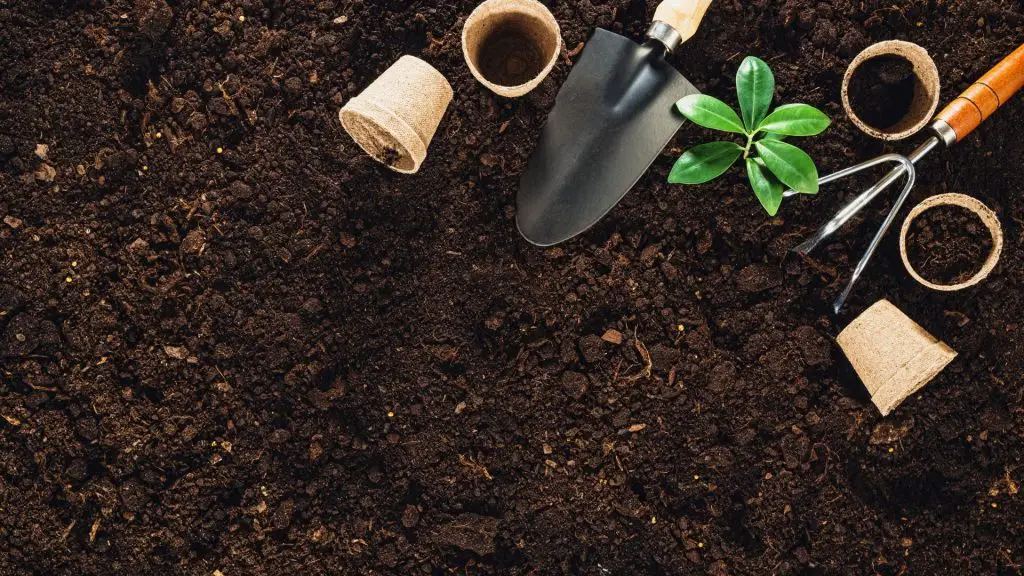
Lastly, add the compost to your garden. The amount of time it takes for compost to be ready to use varies anywhere from 40 days to over a year. Chicken litter is known to be high in nitrogen, so it composts quicker. However, a good rule is to wait 120 days before adding the compost to the garden.
Once your compost is at its best, adding it to the garden will increase the nutrients in the soil, therefore creating healthier and more robust plants.
Is Chicken Manure Good for Gardens?
Chicken manure is good for gardens. It’s considered one of the best fertilizers for plants because it’s high in nitrogen, phosphorus, potassium, and calcium, which is better than other types of manure. It also introduces organic matter in the soil that improves the soil’s structure.
Therefore, if you have farm chickens, using their manure for your gardens is an excellent idea. Although the process can be a little long, the results are worth it.
How to Use Fresh Chicken Manure in the Garden?
To use fresh chicken manure in the garden, you need to ensure you do so in the fall. You can put the chicken manure on top of the soil to decompose on the surface or lightly till the manure into the soil. While this method isn’t recommended due to the risk of harmful bacteria, it’s possible.
This method, also known as sheet composting, isn’t common because of the lack of control over the end product, as mentioned before. But it’s an easier way to use chicken manure in the garden.
It’s essential to only use fresh chicken manure in the garden in the fall, as this will give the manure enough time to decompose before spring. However, since you’ll have to monitor the manure while it’s in your soil, it’s more difficult to prevent things like dangerous bacteria or plants.
Safety Tips When Handling Manure
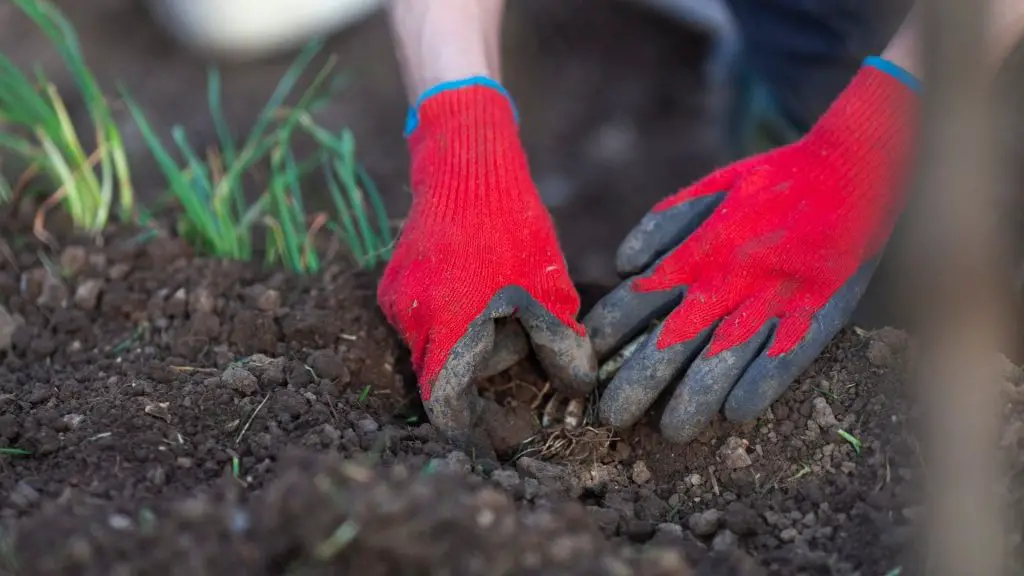
Safely handling manure is essential to keeping both of you and the garden healthy. Manure can carry many different harmful bacterias, such as E. coli and salmonella, so you never want to come into contact with it. Some safety tips include:
- Wear gloves: Wearing gloves while handling the manure lowers your risk of being exposed to harmful bacteria.
- Wash any vegetables before eating: Any vegetables grown in a garden with manure should be thoroughly washed in case it has been in contact with pests or harmful bacteria.
- Don’t mix manure: It would be best if you never mixed chicken manure with other types of manure, such as cow or pig manure.
- Be thorough: You shouldn’t slack on maintaining your manure, especially if fresh manure is used in the garden. Check on it regularly to ensure there are no problems in the soil, and never eat any vegetables grown from infected soil.
Related: How to Clean a Chicken Coop? | A Complete Guide
List of Sources
Composting and Using Backyard Poultry Waste in the Home Garden
Types of Composting and Understanding the Process
